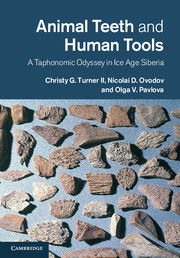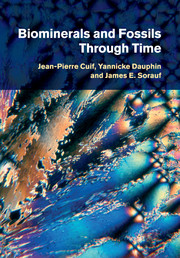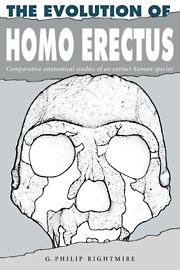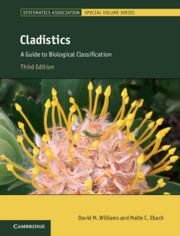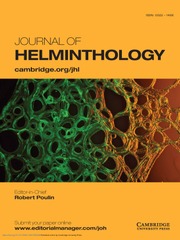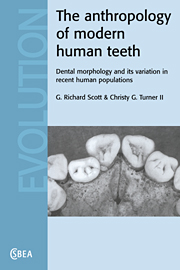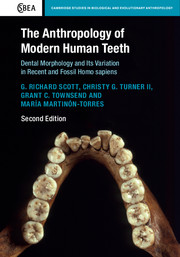Animal Teeth and Human Tools
The culmination of more than a decade of fieldwork and related study, this unique book uses analyses of perimortem taphonomy in Ice Age Siberia to propose a new hypothesis for the peopling of the New World. The authors present evidence based on examinations of more than 9000 pieces of human and carnivore bone from 30 late Pleistocene archaeological and palaeontological sites, including cave and open locations, which span more than 2000 miles from the Ob River in the West to the Sea of Japan in the East. The observed bone damage signatures suggest that the conventional prehistory of Siberia needs revision and, in particular, that cave hyenas had a significant influence on the lives of Ice Age Siberians. The findings are supported by more than 250 photographs, which illustrate the bone damage described and provide a valuable insight into the context and landscape of the fieldwork for those unfamiliar with Siberia.
- Focus on perimortem taphonomy reveals life in Siberia far beyond that which can be achieved with stone artefact typology
- Proposes a new animal barrier hypothesis to explain the relatively late human colonisation of the New World
- Presents a revised view of Siberian prehistory, particularly with regard to the ranges of Neanderthals and Cro-Magnons
Product details
August 2013Hardback
9781107030299
500 pages
253 × 177 × 27 mm
1.15kg
271 b/w illus. 33 tables
Available
Table of Contents
- Acknowledgements
- 1. Introduction. What is perimortem taphonomy, and why study it in Siberia?
- 2. Bone damage and its meaning
- 3. The 30 Siberian archaeological and palaeontological sites, distributed from the Ob River to the Sea of Japan
- 4. Discussion: analyses, comparisons, inferences, and hypotheses
- 5. Conclusions for seven questions
- Appendices
- References
- Index.

